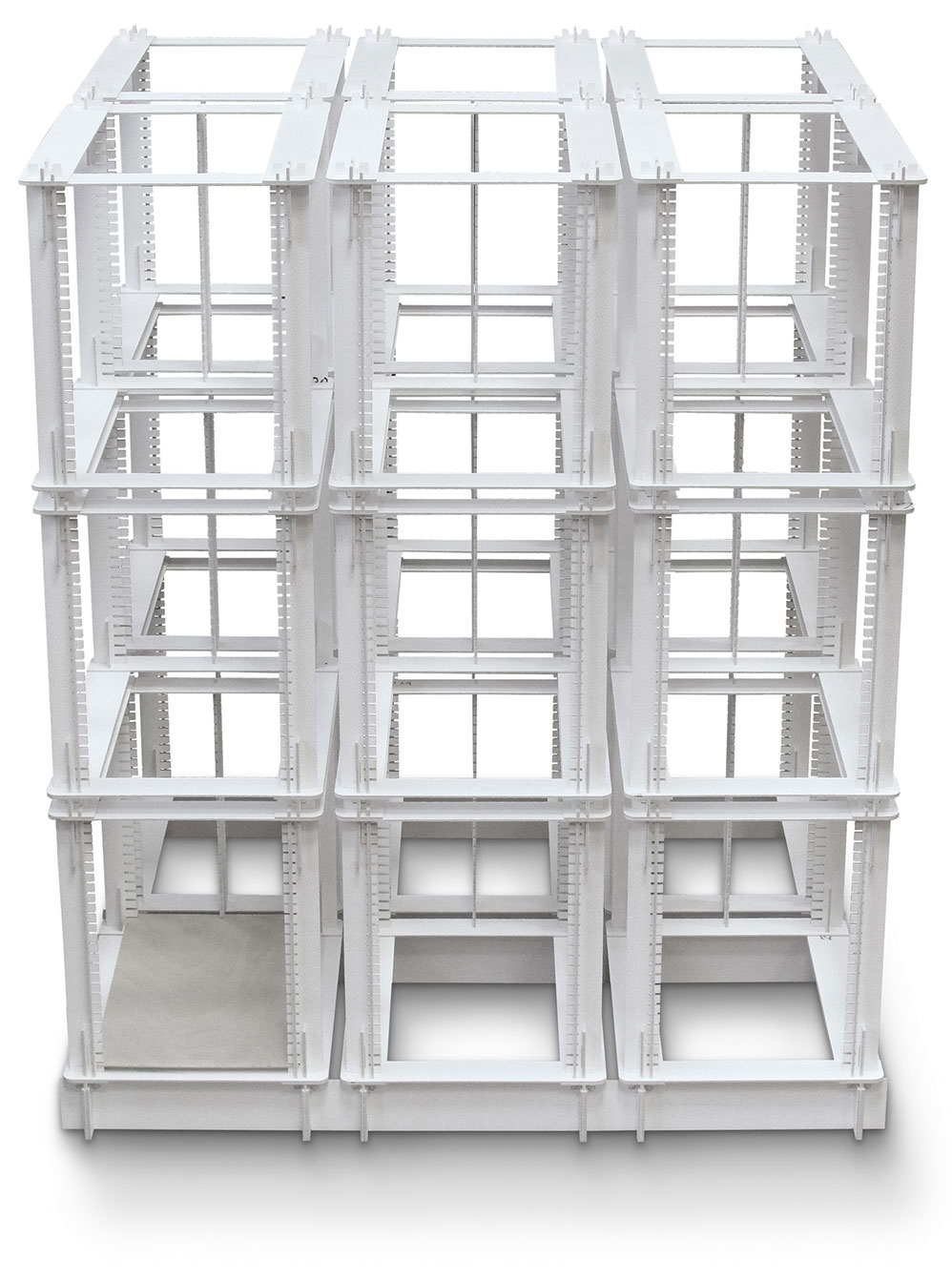Sheet ceramic (“Keramikblech”): An enabler under demanding conditions
Fiber reinforced-ceramics for high-temperature applications
For his pioneering development in the field of fiber composites, the company's founder Walter Pritzkow received the Techtextil Innovation Award from the international Techtextil Committee back in 1995. With an application history going back more than a quarter of a century, the technology can confidently be regarded as mature and proven - and yet it is a "hidden champion" whose properties and advantages are still often treated as an insider tip. Ceramic sheet offers many advantages and can replace metal sheet structures that are subject to high thermal and mechanical stresses.
Advantages of fiber-reinforced ceramics
Lightweight construction and fiber-reinforced composites have occupied Walter Pritzkow since his studies in aerospace engineering. He says: "In parallel, I had already been looking into renewable energies and wind turbines. In the process, I increasingly gained an understanding of the ways in which engineers technically handle ceramics and the added value they can derive from them."
Early on, he also became involved with fiber-reinforced ceramics and the resulting advantages. "This allows completely new things to be done that are not possible with monolithic ceramics, " Pritzkow continues: "One example of this is large and high-strength components that enable enormous weight savings thanks to thin wall thicknesses of just a few millimeters."
Ceramic sheet: An enabler for numerous applications
Pritzkow sees his ceramic sheet technology as an "enabler" to this day: "The challenge here is to convince engineers that this material can do something that they don't know on the one hand and that can be a problem solver for specific requirements on the other." The focus of the work is on the development and design of lightweight structures that are used in the high-temperature range under extreme conditions. In close cooperation with the Fraunhofer ISC, Center for High Temperature Materials and Design HTL, Bayreuth, improved oxide ceramic fiber composites based on 3M™ Nextel™ 610 fibers have been developed since 2001 for this purpose. These ceramic fibers are known for their strength and stability as well as their excellent heat resistance.
Temperature, corrosion and mechanically resilient
The result is true enablers that combine the positive properties of metals, such as damage tolerance and thermal shock resistance, with the advantageous properties of ceramics, such as temperature resistance and corrosion resistance. Even a brief glance at the performance catalog makes the advantages of sheet ceramic clear:
- Proven and robust for long-term use up to 1,300 °C.
- Extremely high strength at high temperatures, at the same time very good thermal shock resistance
- High mechanical strength due to the textile-ceramic compound
- Excellent oxidation resistance even at high application temperatures
- Very good corrosion resistance at high temperatures
- Low thermal expansion - only about half that of steel
First-class price-performance ratio due to long service life
The initially higher material costs are thus offset by a convincing balance over the entire life cycle of the component in question. “Keramikblech” helps to avoid unplanned downtimes, saving users cash over the entire service life. "The price-performance ratio is unbeatable," says Pritzkow. "In order to properly assess the material costs, users simply have to have experienced the robustness and durability for themselves."
A wide range of applications
It is therefore not surprising that new applications are constantly being added in industry or even in mechanical and chemical plant engineering. Advanced ceramics are a good choice when thin-walled, thermal shock-resistant and oxidation-resistant ceramic components are needed. "After all, there are more and more fields of application in which lightweight structures are needed that can also be heated up and cooled down easily - while at the same time offering high material reliability," adds Pritzkow. For example, his company is currently developing charging racks with weight-saving designs that can support enormous weights.

New fields of application are constantly being added - for example, as thermal protection tubes in waste incineration plants, which have a high degree of stability, permanently cope with high temperatures and are also extremely corrosion-resistant. Ceramic sheet components are also proving their worth in various induction applications, fuel cell production, chemical process engineering through to petrochemicals and many other industrial applications.
From space travel to earthly purposes
Of note: The development of 3M™ Nextel™ ceramic fibers originally came from NASA's space program. The versatile materials were used to protect space shuttles from the heat of re-entry into the earth's atmosphere. Today, ceramic fibers are still used to protect the International Space Station from micro-meteorite impacts. Beyond that, however, they’re also in demand for a wide range of highly terrestrial applications. The high-temperature materials made from continuous polycrystalline metal oxide fibers come into their own for thermally, mechanically or electrically demanding applications. With the diverse 3M™ Nextel™ portfolio, a wide variety of requirements can be covered - the diverse ceramic sheet applications are the best example.
Would you like to learn more? Then visit the website www.keramikblech.com/en.
Are you interested in the NextelTM portfolio from 3M™?
You can find the product brochure here: 3M™ Nextel™ Ceramic Textiles and Composites - or go to 3M™ Ceramic Fibers & Textiles

